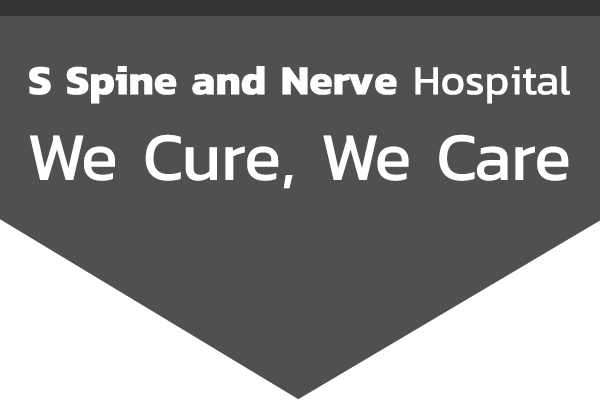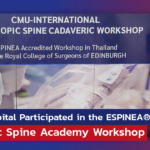Endoscopic surgery for the treatment of spinal stenosis with the PSLD technique
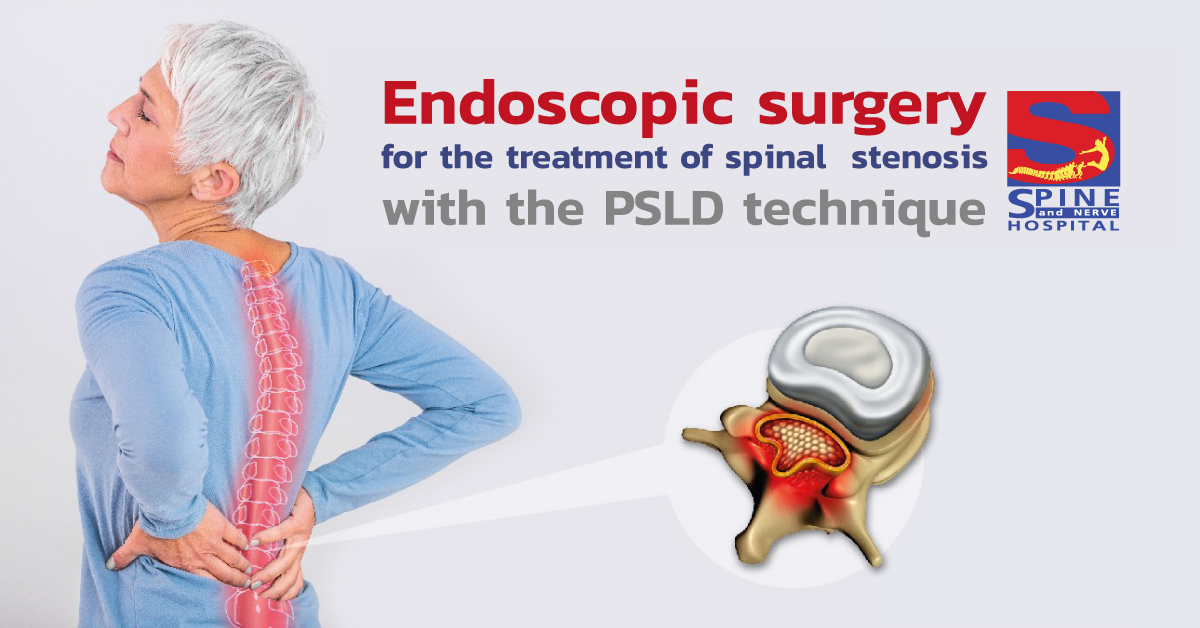
Spinal stenosis is one of the major causes of back pain. The disease is caused by a condition in which there
is a narrowing of the vertebral cavity, which is the passage of nerves. Narrow stenosis may occur only at one
level or several levels of the vertebral cavity, and the most frequent spinal stenosis is in the lower back and
neck.
 Causes of Spinal stenosis
Causes of Spinal stenosis
It starts with the degeneration of the spinal disc, which
changes the body with age. The spinal disc will have a
reduced height, and the function of the spinal disc will be
worse in weight, causing the bulging of the spinal disc into
the spinal cavity where the nerves are inside, causing the
nerves inside the spinal cavity to be depressed.
Symptoms
Most patients experience pain in both legs or weak legs, causing the legs to not step out, and patients need to
find a seat to rest so that the pain or numbness in the legs improves. If the spinal disc presses on the nerves
more, it will shorten the distance they can walk.
• Know the pain in the legs
Diagnosis
X-ray and MRI examination is the standard of diagnosis for this disease.
• Open MRI to Find Root Cause of Pain.
The treatment of spinal stenosis can be divided into 2 groups:
Group 1: Very mild symptom group
It starts with taking painkillers, undergoing physiotherapy, or getting injections into the nerve cavity to
suppress pain. If the symptoms do not improve, the next method is minimally invasive surgery.

Group 2: Patient group with indications for surgical treatment
For the treatment of spinal disc stenosis with minimally invasive surgery, the doctor will open a hole of about
0.5 cm in the skin on the back and then insert the Endoscope through the surgical incision directly into the
area of pressure. The doctor can select to remove only the pressure from the spinal disc or the compression
from the joint bone at the position of the spinal disc. Critically, this surgical method affects very few
muscles. The patient can walk immediately after surgery.
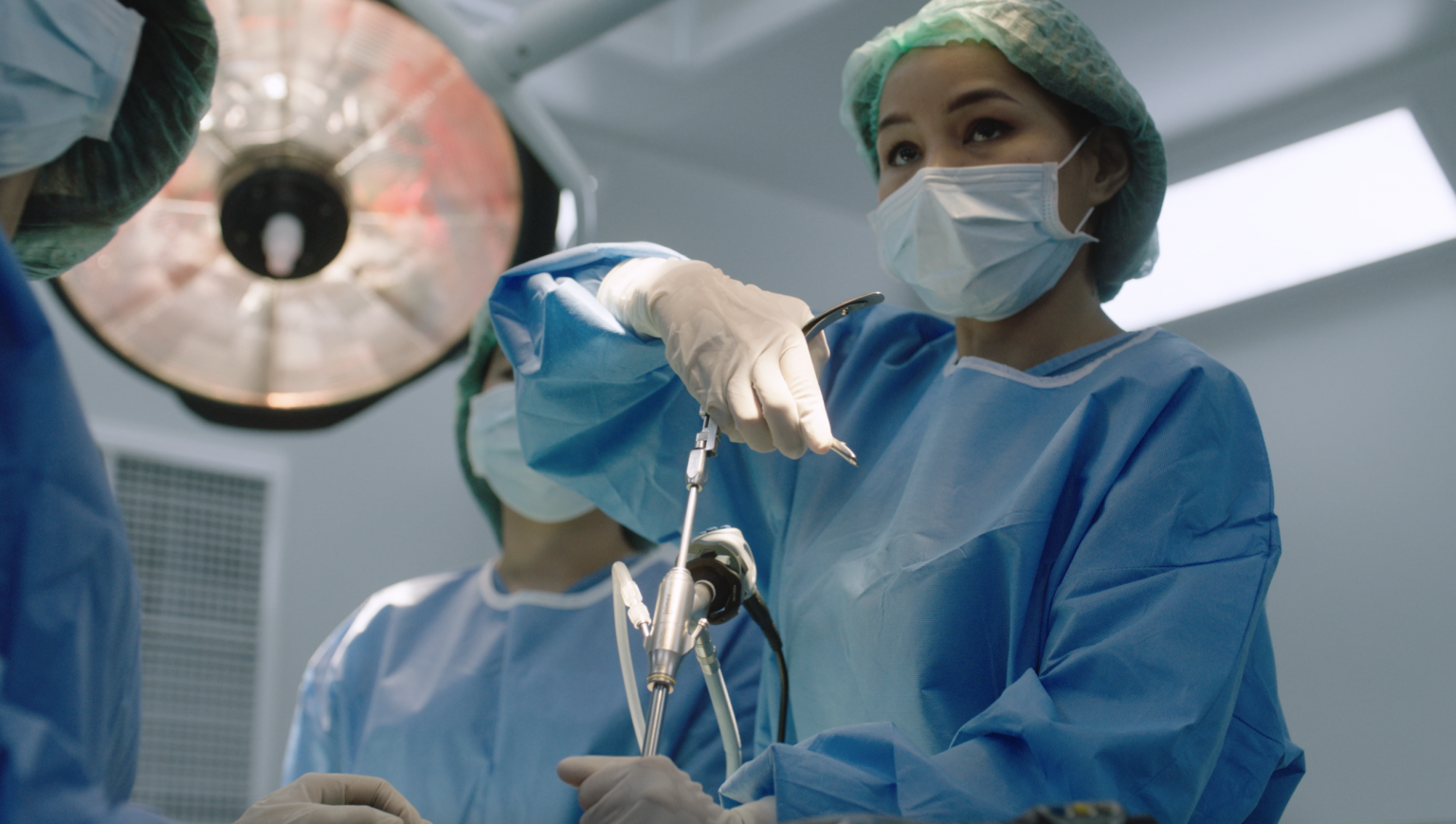
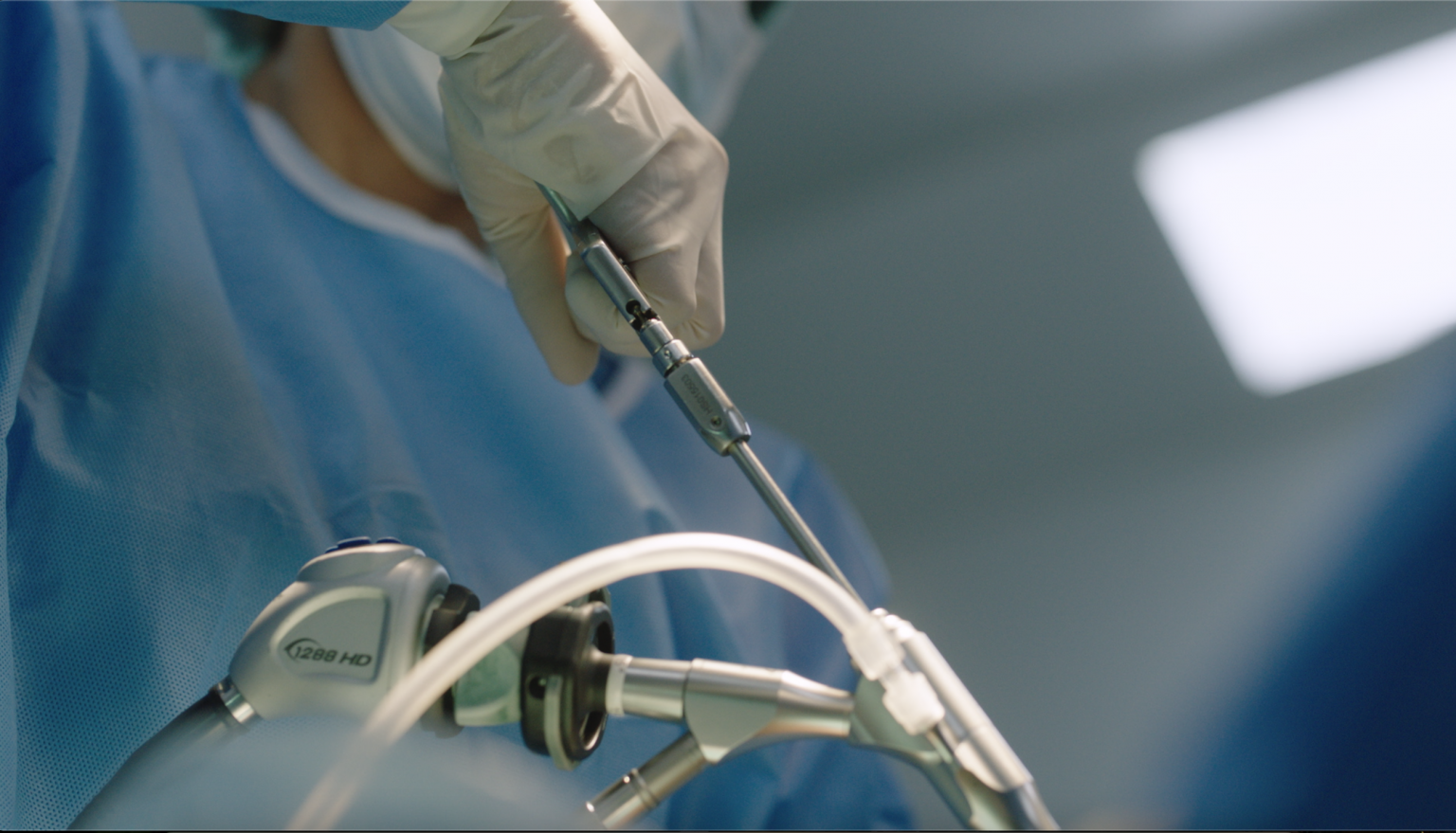
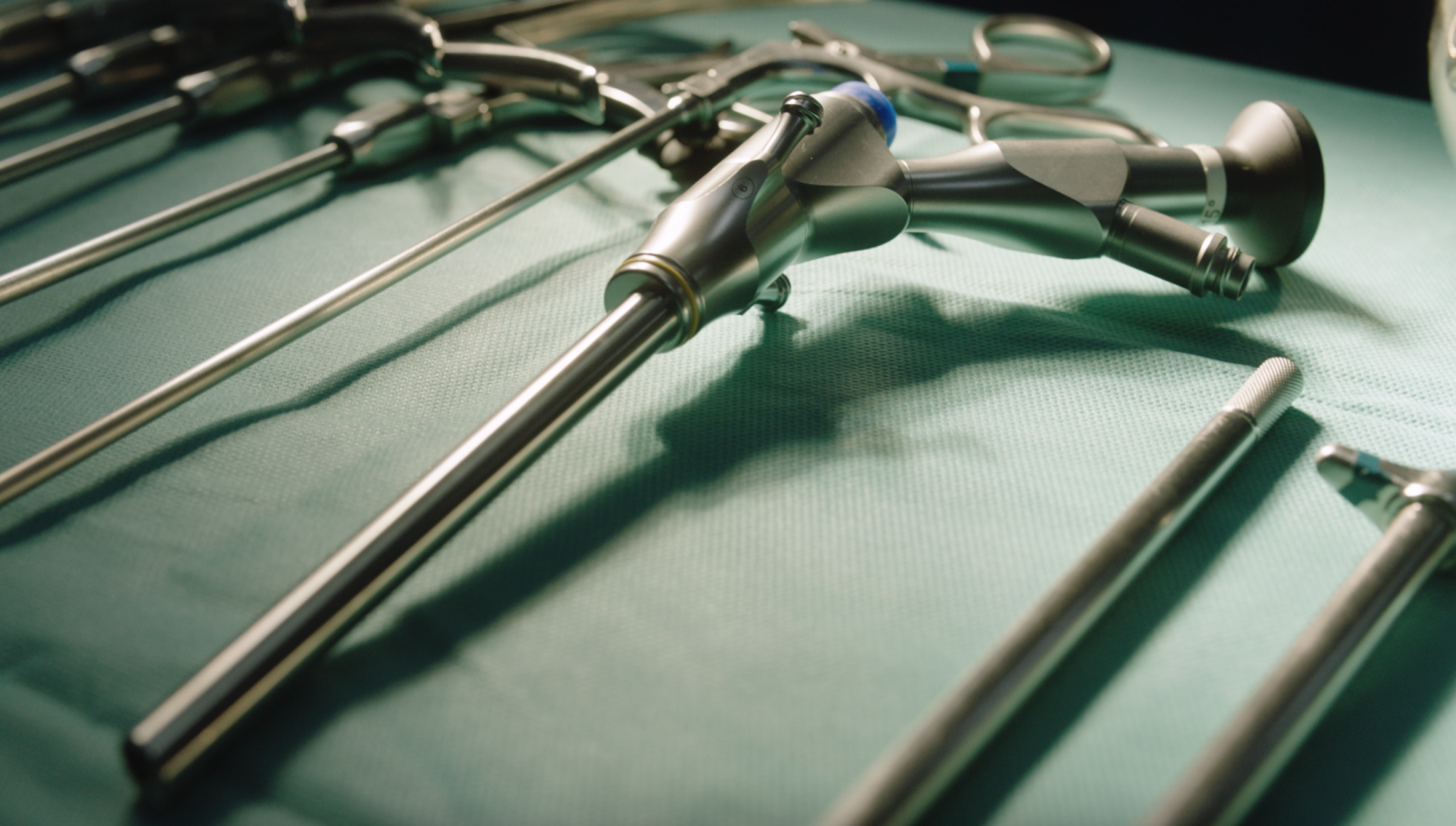
Advantages
– The surgical wound is small only 0.5 cm with less pain from surgical wounds.
– Low risk of infection.
– Reduced tissue damage at the surgical site.
– Patients recover very quickly and can return home within 24 hours after surgery.
– No need to be given blood as there is low blood loss.
– The instrument used is a camera of an extra small size, causing less injury and a short hospitalization
period.
Limitation
– This surgery requires experienced doctors to achieve good treatment results and fewer complications.


